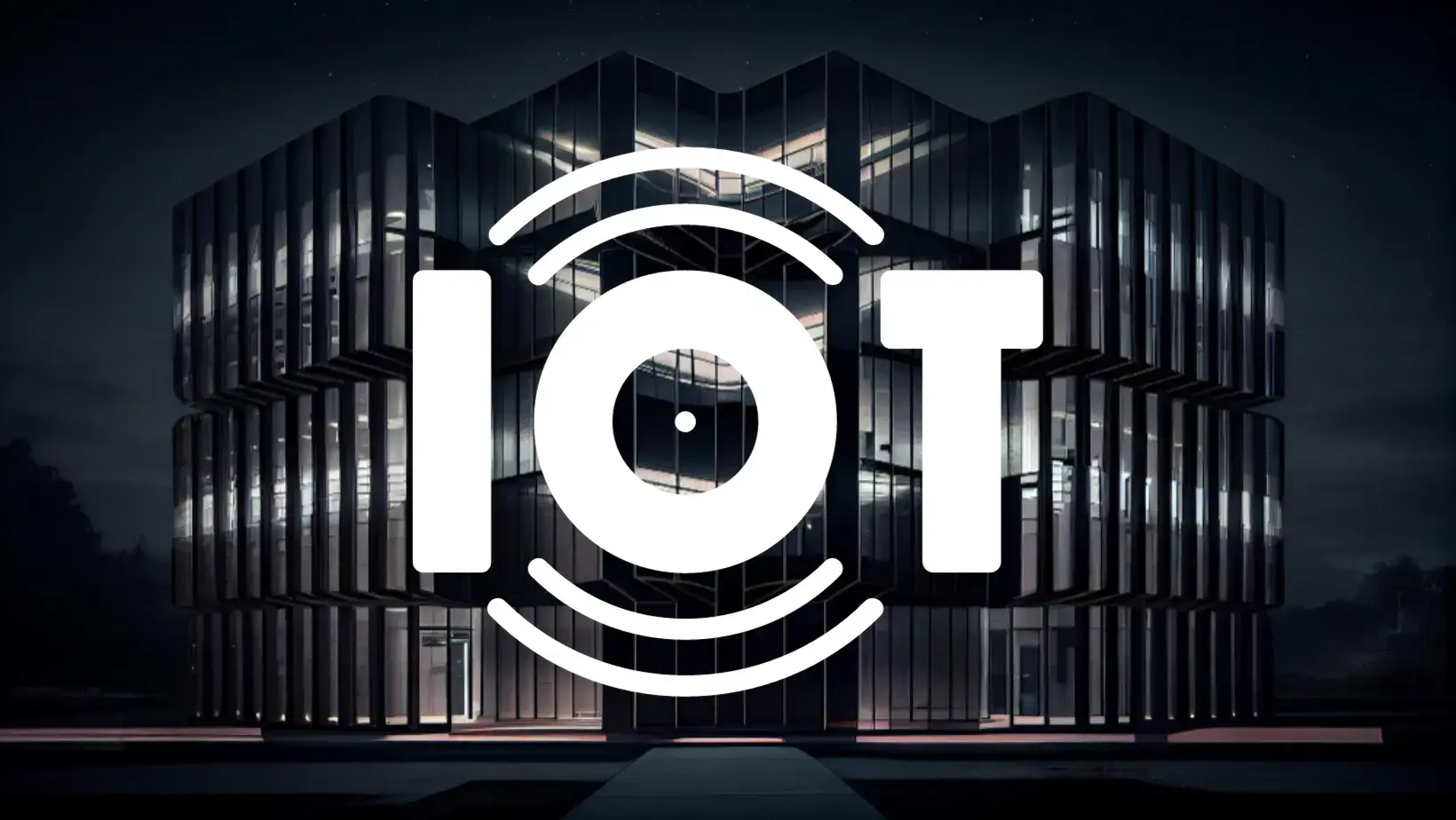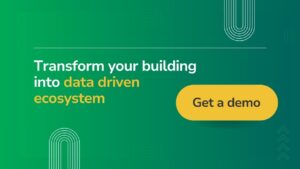7 Smart Building Trends in 2024
As we step into 2024, the landscape of smart buildings is evolving rapidly, driven by technological advancements and changing societal needs. Smart buildings are no longer a futuristic concept but a present-day reality, shaping how we live, work, and interact with our environments. From the integration of AI and IoT to the rise of sustainability and wellbeing-focused designs, these buildings are becoming more intelligent, efficient, and user-centric. In this blog post, we’ll explore the top seven trends in smart buildings for 2024, focusing on how these innovations are revolutionizing the construction and management of commercial and residential spaces.
1. Integration of IoT and AI in Smart Buildings
The convergence of IoT and AI is creating smarter, more responsive buildings. Advanced HVAC systems now use AI to optimize climate control, adapting to occupancy patterns and external weather conditions. Predictive maintenance technologies anticipate equipment failures, ensuring uninterrupted operation. Personalized settings for lighting and temperature are automatically adjusted as the system learns from occupants’ preferences, enhancing comfort and efficiency.
2. Embracing Sustainability and Green Technology
Sustainability in smart buildings is increasingly being shaped by the innovative use of IoT and AI technologies, closely aligned with ESG considerations. IoT sensors play a crucial role in monitoring and managing energy consumption. AI algorithms are used to analyze vast amounts of data from building operations, identifying patterns and inefficiencies. Smart buildings are incorporating ESG factors into their operations and management. Advanced systems now monitor water usage, waste production, and other resource consumptions. This refined approach to sustainability in smart buildings goes beyond mere construction practices, encompassing the entire lifecycle and operation of the building.
3. Advanced Security Systems
Security in smart buildings has evolved with technology. Facial recognition systems offer secure, keyless entry. AI-enabled surveillance can detect unusual activities, providing proactive security measures. In emergencies, integrated systems guide occupants to exits and coordinate with first responders, showcasing a comprehensive approach to safety and crisis management.
4. Prioritizing Health and Well-being
Health-focused technologies are increasingly important in building design. Modern air filtration and purification systems ensure high indoor air quality. Environmental sensors monitor parameters like CO2, humidity, and particulate matter, maintaining optimal conditions. The incorporation of natural elements and biophilic designs not only enhances aesthetics but also promotes mental well-being.
5. Enhanced Connectivity and 5G Integration
The deployment of 5G technology is transforming building connectivity. Augmented reality (AR) applications assist in efficient building maintenance and management. Virtual reality (VR) enables immersive design and spatial planning experiences. With 5G, the real-time data processing capabilities of IoT devices are significantly enhanced, improving building automation and responsiveness.
6. Smart Building as a Service (SBaaS)
SBaaS is redefining building management. It offers scalable and flexible energy management and building operation services on a subscription basis. This approach allows building owners to access cutting-edge technology and expertise without high initial investments, ensuring their properties remain technologically advanced and operationally efficient.
7. Cloud-Based Building Management Systems (BMS)
The emergence of cloud-based Building Management Systems (BMS) is a significant trend, revolutionizing how buildings are monitored and controlled. These systems offer enhanced scalability, flexibility, and data analysis capabilities.
- Siemens Building X: This solution is a standout example, offering a suite of AI-enabled and open-platform applications. It’s designed to ensure superior connectivity, effectively future-proofing buildings. Building X harnesses the power of AI to optimize building operations, from energy management to space utilization, aligning with sustainability goals and operational efficiency.
- Honeywell Digital Prime: Another innovative solution in this space is Honeywell’s Digital Prime, a cloud-based digital twin platform. It provides an advanced way to track, manage, and test changes in process control and building systems. By creating a virtual replica of the physical building, it allows for safer and more efficient testing of system modifications and updates.
- Schneider EcoStruxure Platform: Schneider Electric‘s EcoStruxure Platform is a comprehensive solution that connects every aspect of an enterprise. From sensors to cloud-based analytics, it offers real-time data collection and analysis. This platform facilitates informed decision-making by providing insights derived from critical data, streamlining operations from the shop floor to the executive level.
Cloud-based BMS systems like these are not just about managing a building; they’re about transforming it into a responsive, efficient, and adaptable entity, capable of meeting the dynamic demands of the modern world.
Embracing the Future: How Sensgreen’s Smart Building Platform Aligns with Emerging Smart Building Trends
As we’ve explored these seven transformative trends in smart building technology for 2024, it’s clear that the future of our built environment is being redefined. The integration of advanced IoT and AI, the commitment to sustainability through innovative green technologies, the enhancement of security systems, the focus on health and well-being, the breakthroughs in connectivity with 5G, the convenience of Smart Building as a Service (SBaaS), and the efficiency of cloud-based BMS systems, all converge to create spaces that are not just buildings, but dynamic, intelligent ecosystems.
These trends are not just shaping the physical structures we inhabit; they are revolutionizing the way we interact with our surroundings, prioritize our health, and protect our planet. As we embrace these advancements, we step into a future where buildings are more than just spaces – they are smart, sustainable, and responsive environments, harmoniously blending technology with human-centric design for a better, more connected world.
In this evolving scenario, the Sensgreen Smart Building Platform emerges as a perfect fit, aligning seamlessly with these latest trends. Its integration capabilities with existing IoT infrastructures, leveraging AI for predictive analysis and energy optimization, resonate well with the push toward intelligent and sustainable buildings. Sensgreen’s commitment to enhancing indoor air quality directly supports the trend of prioritizing health and well-being. Moreover, its flexible and service-oriented model aligns with the SBaaS trend, offering scalable solutions for advanced building management.
Sensgreen’s cloud-based approach not only provides enhanced data analytics and management but also complements the trend toward cloud-based BMS systems. Users can benefit from advanced data analytics and management while also keeping up with the current trend of using cloud-based BMS systems.
Thus, the Sensgreen Smart Building Platform is not just in step with these trends; it’s at the forefront, driving the evolution of smart buildings into the future.



